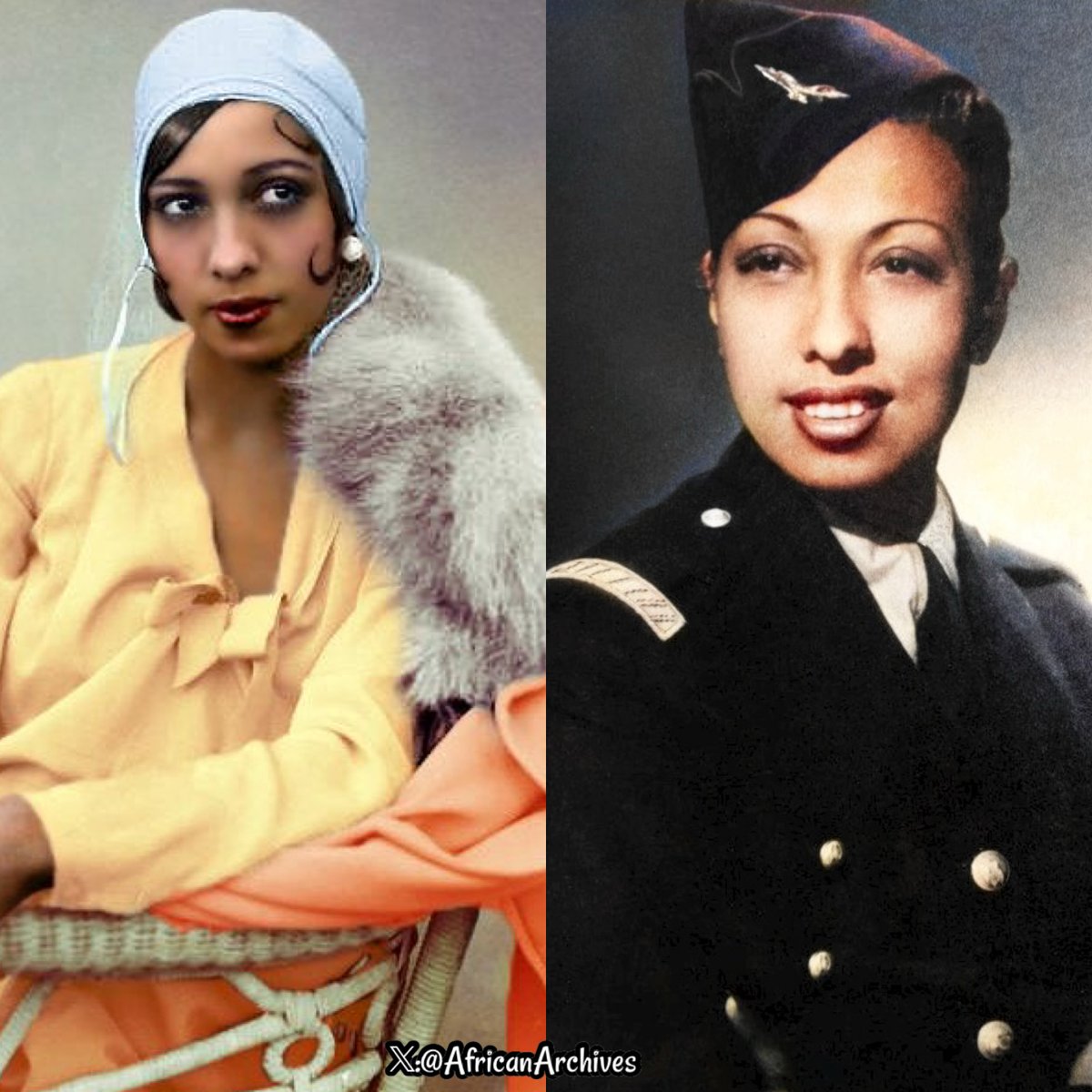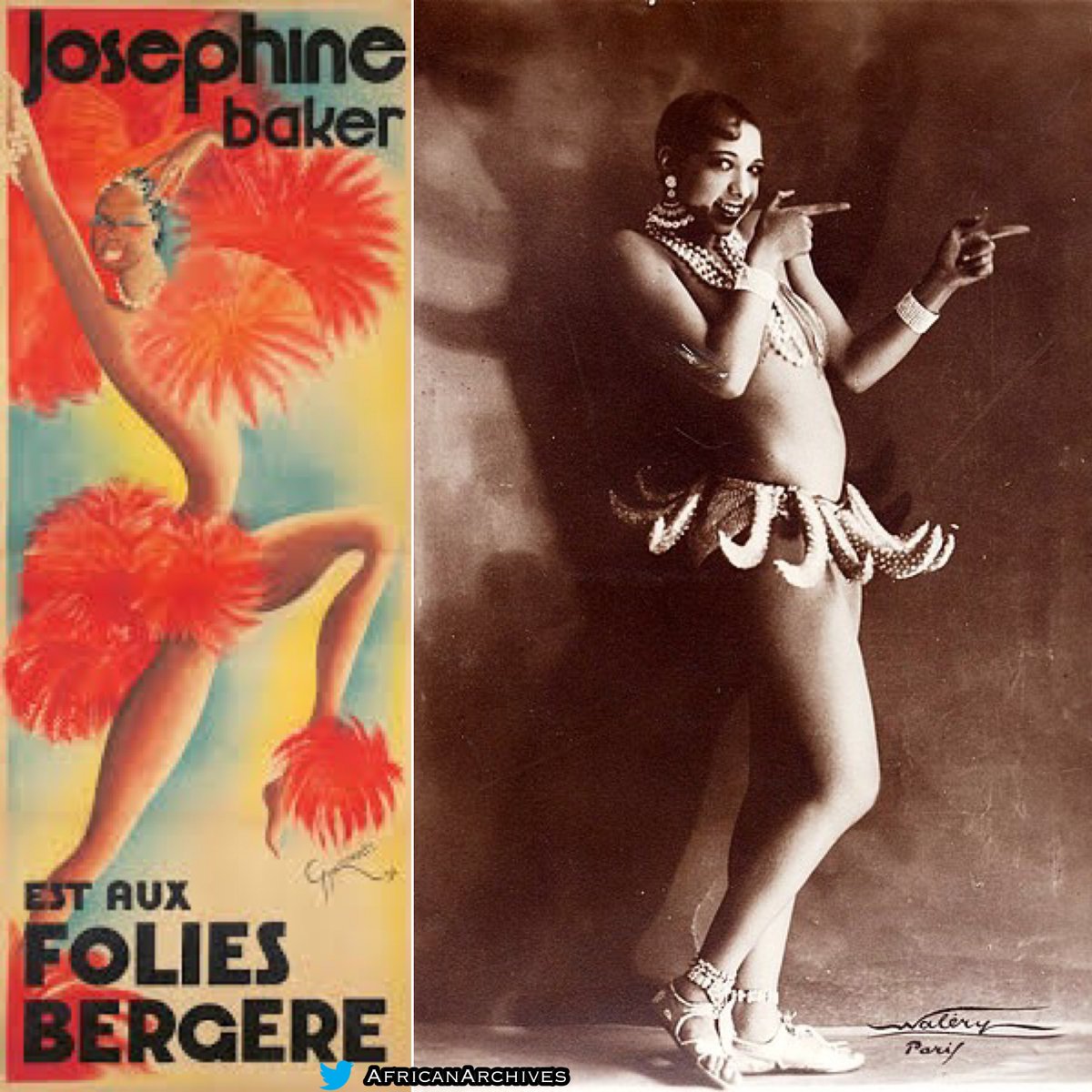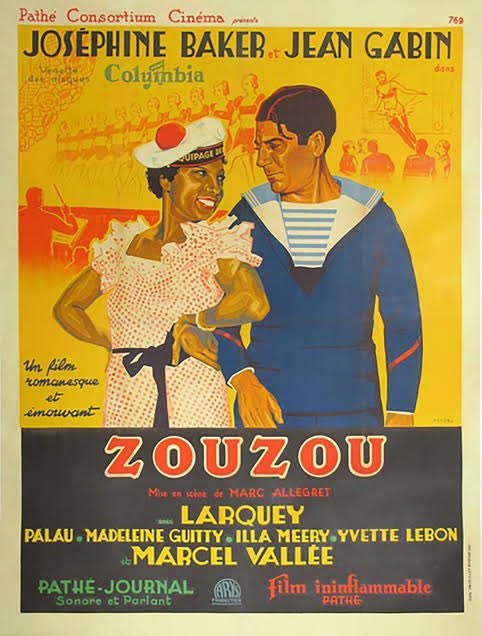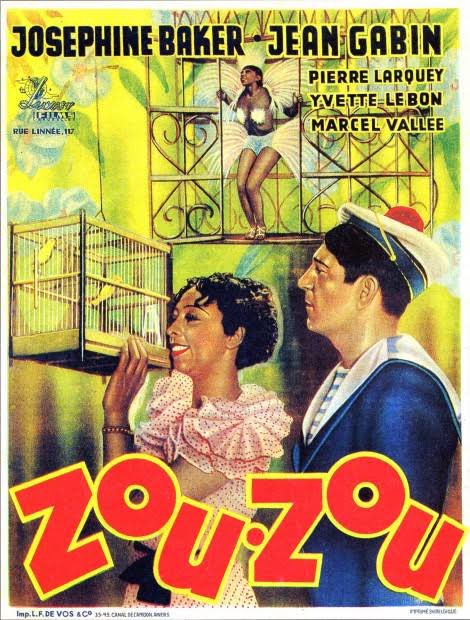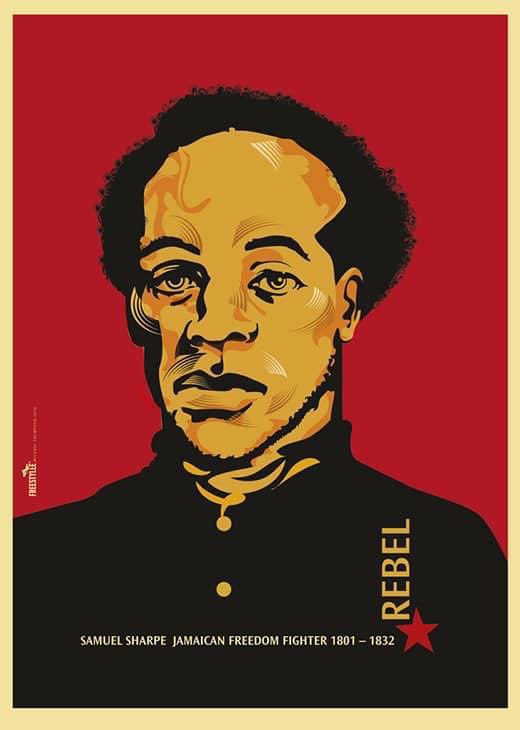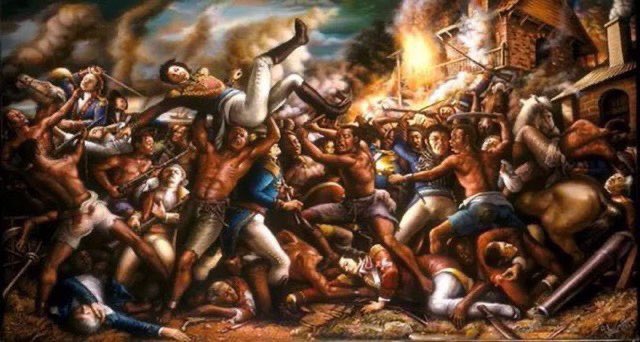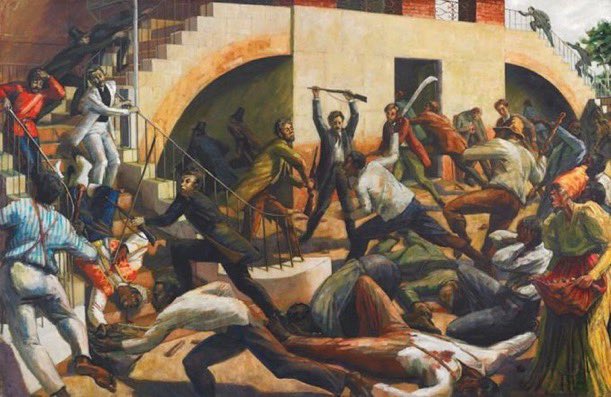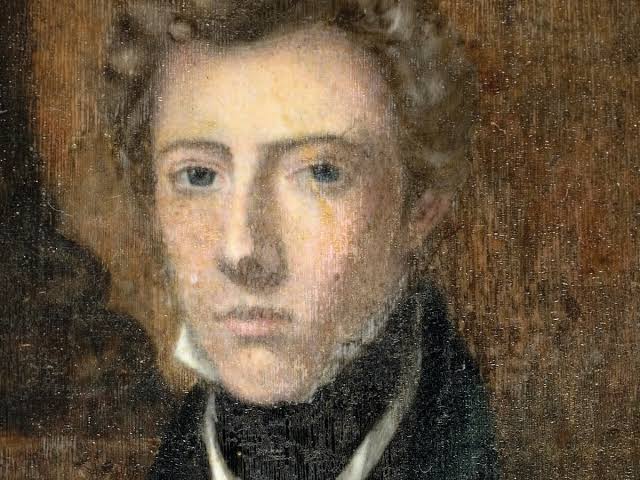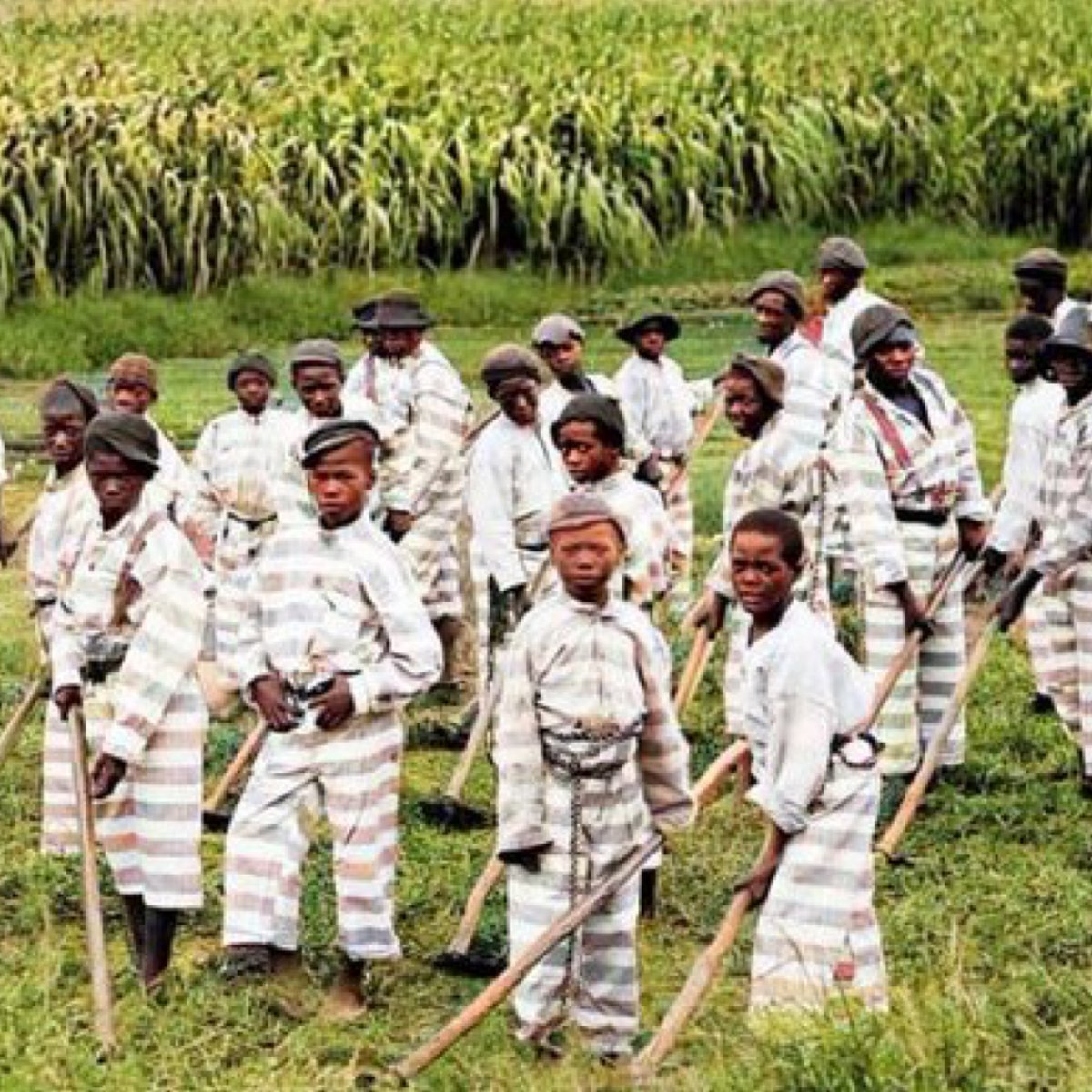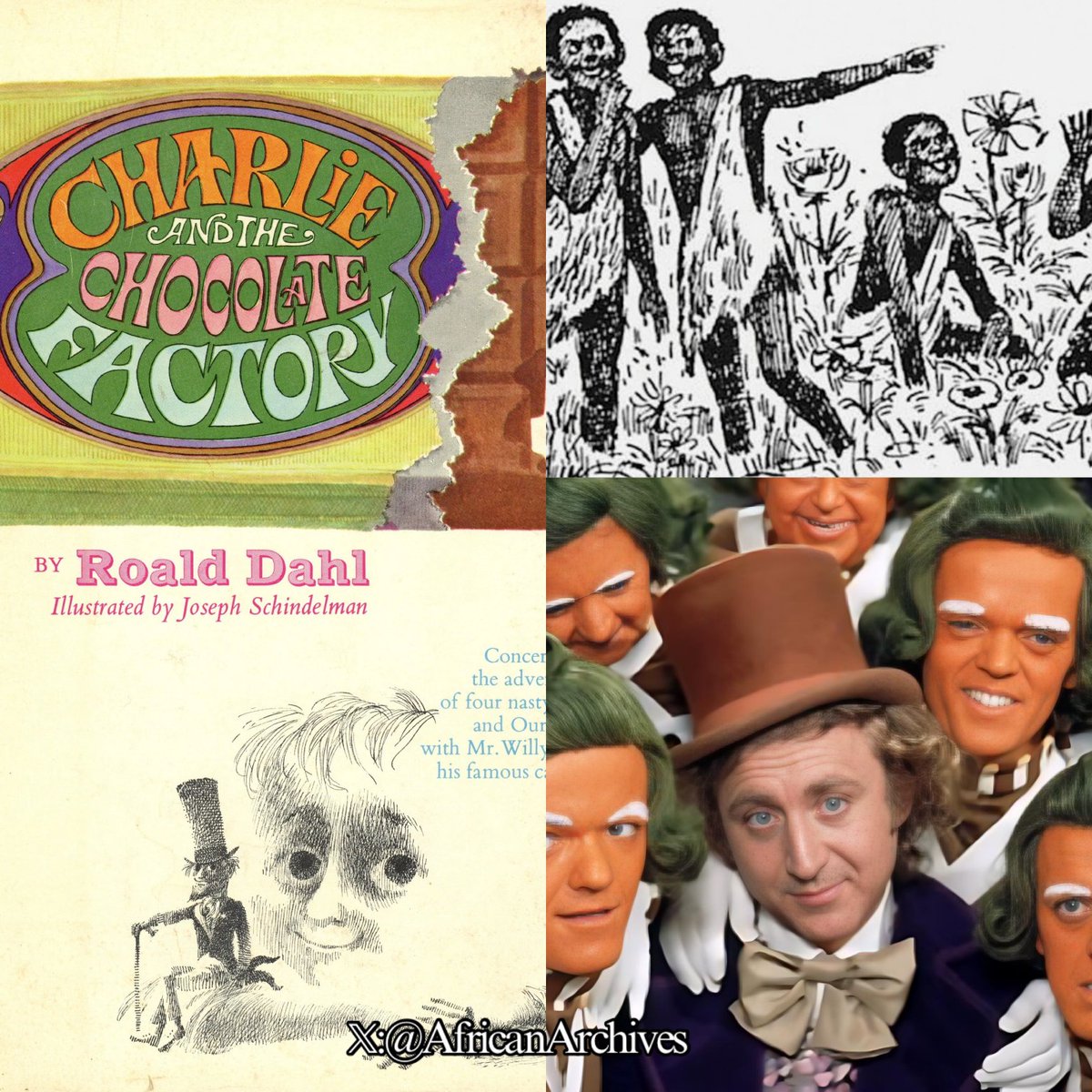Enslaved Black people are mostly depicted as very docile and didn't fight back. However, this was not the case and there were numerous slaves rebellion. #BlackHistoryMonth
A THREAD!
A THREAD!

On September 9th 1739 Jemmy aka Cato and 20 core group of warriors, who had been stolen from Kongo region of Central Africa. 

The group gathered near the Stono River in a region that is now Hollywood, SC about 20mins from Charleston. The rebellion was planned to take place on a Sunday due to most of the white men in the town being at church. 

this coupled with a malaria outbreak which resulted in less white people on the streets, created the perfected conditions from a planned uprising. The goal was to fight their way to Spanish controlled Florida where enslaved folk were guaranteed freedom.
This was the region where Gullah Wars aka Seminole Wars were fought from 1817-1858. The Stono Rebellion was the 1st documented mass attempt of Gullah-Geechee people to push into the Florida territory. 

The group marched down the main road of St.Paul's Parish killing slavers and their families as well as ransacking homes and businesses. They also recruited the further down the road they went. 

Around 10 miles into the march the numbers swelled from about 20 to around 60-100 Africans fighting for their freedom.
Their march tallied up to 2 shopkeepers killed with ammo, guns, and provisions being expropriated, 6 plantations being burned down, and almost 30 whites dead.
Their march tallied up to 2 shopkeepers killed with ammo, guns, and provisions being expropriated, 6 plantations being burned down, and almost 30 whites dead.
The 1st half of a letter penned by then Lieutenant Governor William Bull detailed the damage he saw "I beg leave to lay before your Lordships an account of our Affairs, first in regard to the Desertion of our Negroes.... On the 9th of September last at Night a great Number of
• • •
Missing some Tweet in this thread? You can try to
force a refresh



